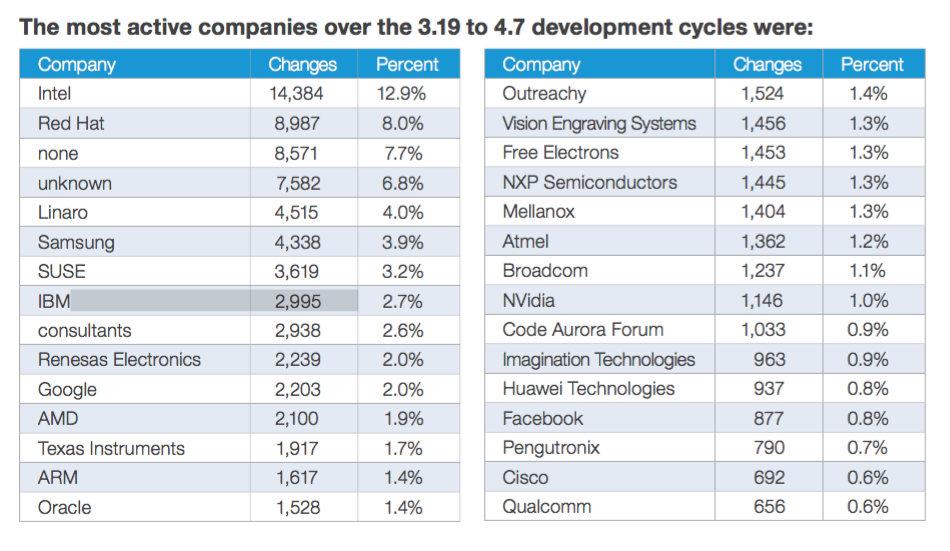

The CentOS (Community Enterprise Operating System) is an Enterprise-class Linux distribution, source code-based, freely distributed by Red Hat and maintained by the CentOS project. Zorin OS brings to a working graphical environment for the Zorin Desktop. Zorin OS is one of those Linux distributions that stands out more than others for having some innovations and looking very similar to Windows. Fedora is a fast, stable, and powerful operating system for daily use, built by a community worldwide. Fedoraįedora is a distribution sponsored by RedHat and is very popular for including features and technologies not seen in other distributions. Although not very popular (only three versions so far – Jupiter, Luna, and now Freya), this distribution has a fantastic look and feel, guarantees good performance, and is quite stable. The elementary OS is one of best looking Linux distro based on Ubuntu and targeted to desktops.
#All linux versions list full
It is a rolling distro and has full compatibility with the Arch repository (AUR – Arch User Repository). The Manjaro Linux is one of the most beautiful distributions, which facilitates the “input” of users in the world of Arch Linux. The openSUSE project aims to give programmers and Linux enthusiasts the best working tools with a beautiful interface. By promoting Linux everywhere, provides one of the most commonly used Linux versions openSUSE for free. The openSUSE project is a community project sponsored by Novell. This GNU / Linux distribution has already been the most popular globally and has gained some (small) improvements in recent years. If you wann to print the name of the kernel currently being used and the date of installation and update, run the uname command with -sv options.With millions of users worldwide, Ubuntu is the third most popular operating system in the world. Sudo dpkg ––list | egrep –i ––color ‘linux-image|linux-headers’ | wc –l Sudo dpkg ––list | egrep –i ––color ‘linux-image|linux-headers’ To check all available Kernel version in Linux, run one of the following commands:
#All linux versions list how to
How To Check All Available Kernel Version In Linuxīy default, all installed Linux Kernels and their associated files are stored under /boot directory named vmlinuz.

Note that the Linux kernel image is conventionally named vmlinuz and stored under /boot but it can be given any name and stored at any location. There no universal standard, but the kernel is usually found in the /boot directory. Where Is The Kernel Image Located In Linux
#All linux versions list drivers
Device drivers can be added to the kernel as modules. A set of primitives or system calls implement all operating system services such as process management, concurrency, and memory management. The monolithic model differs from other operating system architectures (such as the microkernel architecture) in that it alone defines a high-level virtual interface over computer hardware.


A monolithic kernel is an operating system architecture where the entire operating system is working in kernel space. Linux/UNIX Based Systems have Monolithic Kernel. The kernel is one of the first programs loaded on startup (after the bootloader) and henceforth handles the rest of startup as well as memory, peripherals, and input/output (I/O) requests from software, translating them into data-processing instructions for the central processing unit. CPU & cache usage, file systems, and network sockets. I/O, memory, cryptography) via device drivers, arbitrates conflicts between processes concerning such resources, and optimizes the utilization of common resources e.g. A full kernel controls all hardware resources (e.g.


 0 kommentar(er)
0 kommentar(er)
